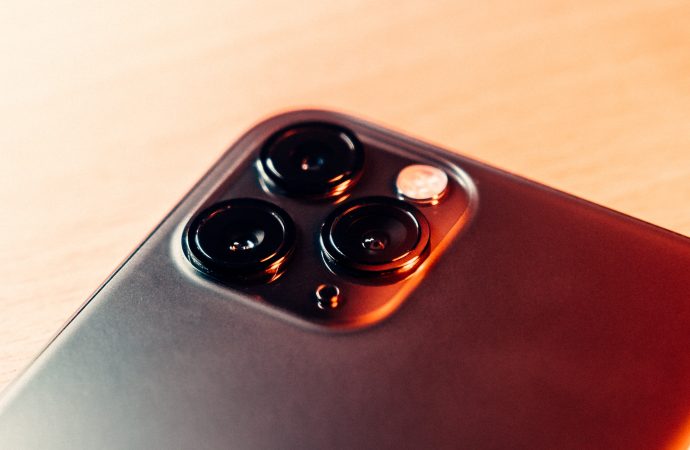Introduction Surveys have come a ubiquitous tool in the world of stoner experience( UX) exploration, offering a cost–effective and effective means of collecting data from a broad followership. Yet, their ease of use and scalability have led to complacency, performing in implicit risks that can compromise the integrity of the findings. In this point, we explore the complications of checks as a exploration system, probing into when and how to use them effectively, the types of check styles in UX exploration, and the significance of avoiding bias while designing check questions. The Survey Landscape Defining checks We start by understanding the substance of checks– a set of questions designed to gather data from a specific group to gain numerical perceptivity for decision– timber. The simplicity of checks makes them both enticing and dangerous. Types of checks in UX Research checks in UX exploration can be classified into two main orders quantitative and qualitative. Quantitative checks offer statistical data, while
Introduction
Surveys have come a ubiquitous tool in the world of stoner experience( UX) exploration, offering a cost–effective and effective means of collecting data from a broad followership. Yet, their ease of use and scalability have led to complacency, performing in implicit risks that can compromise the integrity of the findings. In this point, we explore the complications of checks as a exploration system, probing into when and how to use them effectively, the types of check styles in UX exploration, and the significance of avoiding bias while designing check questions.
The Survey Landscape
Defining checks We start by understanding the substance of checks– a set of questions designed to gather data from a specific group to gain numerical perceptivity for decision– timber. The simplicity of checks makes them both enticing and dangerous. Types of checks in UX Research checks in UX exploration can be classified into two main orders quantitative and qualitative. Quantitative checks offer statistical data, while qualitative checks capture detailed feedback and suggestions. Cross-sectional, Longitudinal, and Retrospective checks We explore the colorful time frames that checks can gauge , from insulated cross-sectional checks to long– term longitudinal studies, each with its unique advantages and challenges.
The Advantages and Disadvantages of checks
The appeal of checks We examine why Surveys are popular in UX exploration– their cost– effectiveness, scalability, and capability to give statistically meaningful data that can guide design opinions. The threats of Simplicity Despite their advantages, checks can be deceivingly easy to conduct, leading to implicit impulses and compromised results. We emphasize the need for thorough planning and adherence to stylish practices.

Photo by HamZa NOUASRIA on Unsplash
Designing an Effective check
Defining the Research Question We stress the significance of formulating a clear and specific exploration question that aligns with the check‘s objects. The Most pivotal Question( MCQ) approach helps experimenters identify the essential query to guide their check. Casting check Questions Clarity and particular are vital when constructing check questions. We give tips to produce questions that evoke meaningful responses, avoiding leading questions and bias. Mixing Question Types We explore the benefits of incorporating both open– concluded and unrestricted questions in a check to gather qualitative depth and quantitative data.
Recruiting Actors and assaying Results
Recruiting Strategies Different check types bear different party reclamation styles, similar as probability slice for quantitative checks and non-probability slice for qualitative bones . We bandy the significance of screener checks to insure the right actors are named. Data Analysis For larger checks, quantitative analysis styles are employed, while sentiment analysis helps interpret qualitative responses. We explore how to synthesize the data to identify patterns and practicable perceptivity.
Survey Tools and Hybrid Research
Survey Tools We present popular check tools that can streamline the check process and help experimenters in conducting checks effectively. Hybrid Research The power of checks is multiplied when combined with other exploration styles. We explore how checks can round interviews, experimental studies, and tone– reported behavioral data.
Conclusion
Surveys have really converted the geography of UX exploration, offering inestimable data and perceptivity. still, their effectiveness is contingent on scrupulous planning, careful casting of questions, and unprejudiced analysis. By applying the power of checks responsibly, UX experimenters can unleash the full eventuality of this protean exploration system to drive meaningful change in the design of products and services, eventually serving end– druggies around the world.

















Leave a Comment
Your email address will not be published. Required fields are marked with *